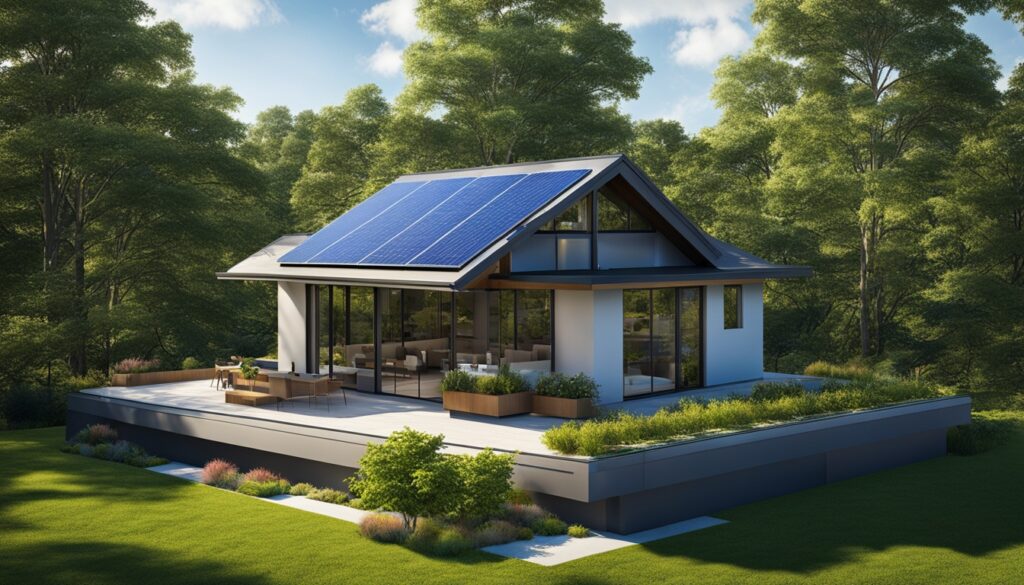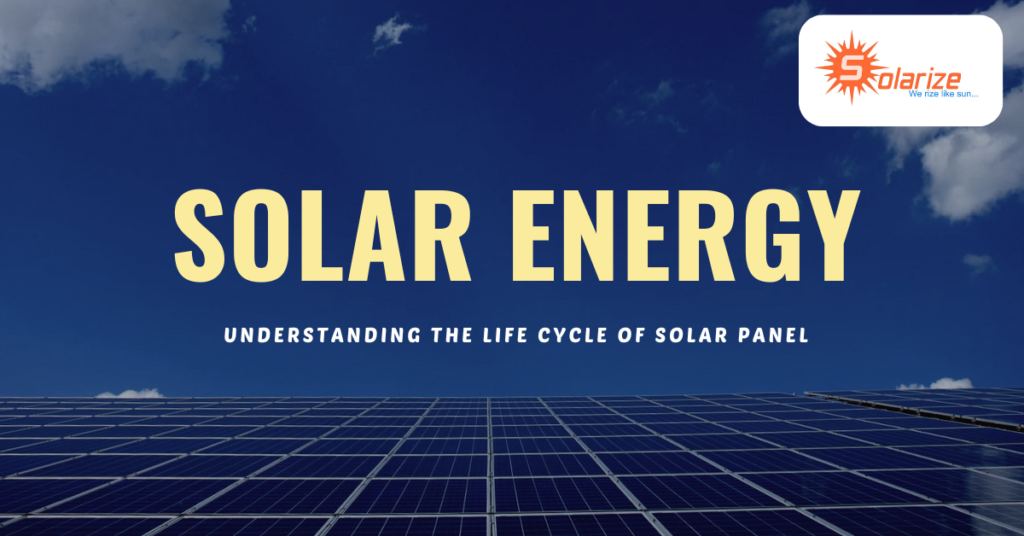Understanding the Life Cycle of Solar Panel
Explore the comprehensive life cycle of solar panels, including production, installation, maintenance, and recycling. Learn about their environmental impact, energy efficiency, and disposal methods.
Solar panels are key to renewable energy, offering a green way to use the sun’s power. To get the most out of them, we need to know their life cycle. This article covers production, installation, maintenance, and recycling. We’ll also look at their environmental impact and how efficient they are.

Life Cycle of Solar Panels
The life cycle of solar panels can be broken down into several key stages:
1. Solar Panel Production
The production of solar panels involves several critical steps:
- 1. Solar Panel Production
- Producing solar panels involves several steps:
- Raw Material Extraction: This includes mining silicon and other materials like glass and metals.
- Manufacturing: Silicon is turned into wafers, then into solar cells. These cells are put together into panels for better efficiency and durability.
- Quality Control: Panels are tested to meet high standards for performance and safety.
Table: Solar Panel Production Process
| Stage | Description |
|---|---|
| Raw Material Extraction | Mining and processing of silicon and other materials |
| Manufacturing | Production of solar cells and assembly into panels |
| Quality Control | Testing for efficiency, durability, and safety |
2. Solar Panel Installation
The installation phase involves:
- Site Assessment: Checking the location for the best spot to place the panels.
- System Design: Planning the layout of the solar system, including where to put the panels.
- Installation: Putting the panels up on rooftops or ground mounts and connecting them to the power system.
List of Installation Steps:
- Conduct a site assessment.
- Design the solar system layout.
- Install mounting hardware.
- Secure the panels.
- Connect the system to the electrical grid.
3. Solar Panel Maintenance
Regular maintenance ensures solar panels operate efficiently:
- Cleaning: Removing dirt and debris from the panel surface to maximize sunlight absorption.
- Inspections: Periodically checking for damage or wear and tear.
- Performance Monitoring: Using monitoring systems to track energy output and identify potential issues.
4. Solar Panel Recycling
At the end of their life, solar panels need to be recycled to minimize environmental impact:
- Collection: Gather and transport panels to recycling centers.
- Processing: Take apart the panels and separate the materials for reuse.
- Recycling: Use the materials to make new products or for future panels.
Table: Solar Panel Recycling Process
| Stage | Description |
|---|---|
| Collection | Gathering and transporting used panels |
| Processing | Dismantling and separating materials |
| Recycling | Reusing materials in new products or panels |
Environmental Impact and Energy Efficiency
Solar panels offer significant environmental benefits, including:
- Reduction in Greenhouse Gas Emissions: They cut down on fossil fuel use, lowering emissions.
- Energy Efficiency: Modern panels are very efficient, turning a lot of sunlight into electricity.
- “Solar panels not only contribute to sustainable energy production but also play a crucial role in reducing our environmental footprint.”
Key Takeaways:
- The life cycle of solar panels includes production, installation, maintenance, and recycling.
- Proper maintenance ensures longevity and efficiency of solar panels.
- Recycling is essential to minimize environmental impact and recover valuable materials.
FAQs
1. What is the typical lifespan of a solar panel? Solar panels generally have a lifespan of 25 to 30 years. Most manufacturers provide warranties for 25 years.
2. How often should solar panels be cleaned? Solar panels should be cleaned at least once or twice a year, depending on environmental conditions such as dust and bird droppings.
3. What happens to solar panels at the end of their life? At the end of their life, solar panels are recycled to recover valuable materials and reduce environmental impact.
4. How does the energy efficiency of solar panels impact their performance? Higher energy efficiency means that solar panels can generate more electricity from the same amount of sunlight, improving overall performance and reducing the space needed for installation.
5. Are there any government incentives for recycling solar panels? In some regions, government programs and incentives support the recycling of solar panels. Check with local authorities for available programs and guidelines.
By understanding the full life cycle of solar panels, from production through recycling, you can make informed decisions about their use and impact. This knowledge helps in appreciating their role in renewable energy and supports efforts to enhance their sustainability and efficiency.

